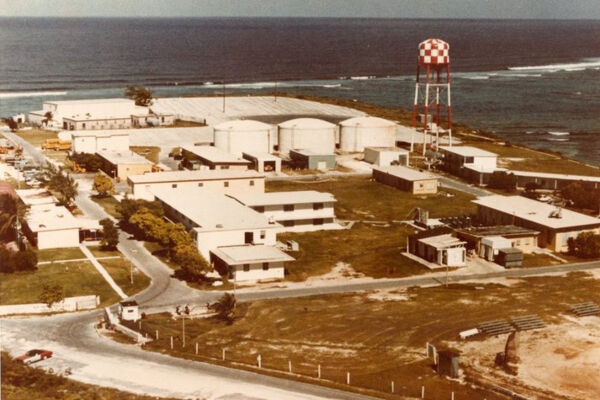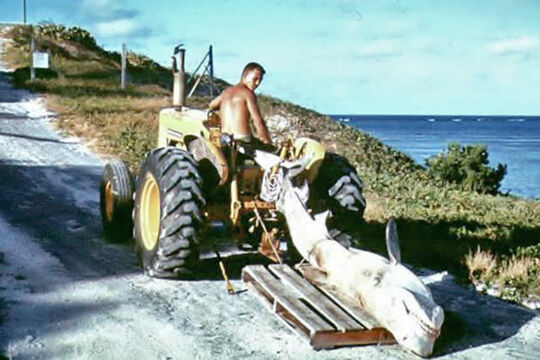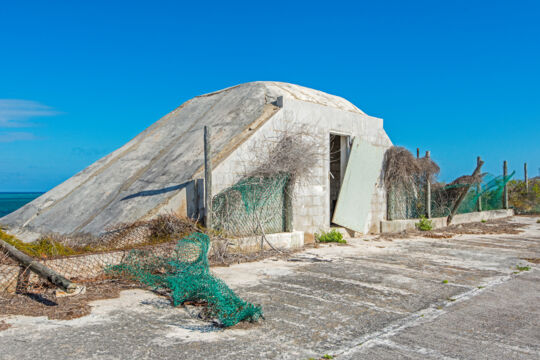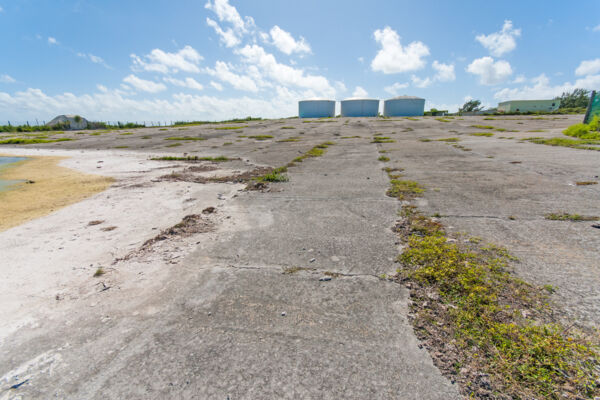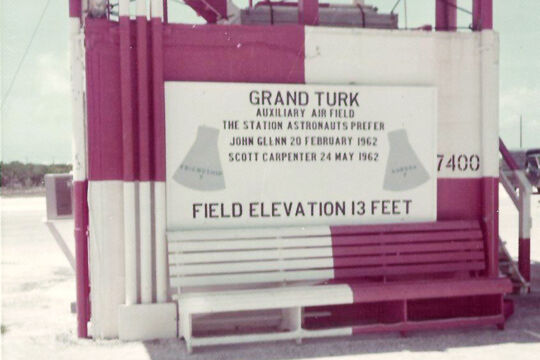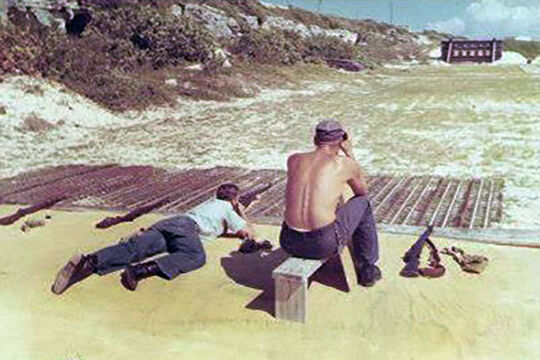Grand Turk US Navy NAVFAC 104 Base
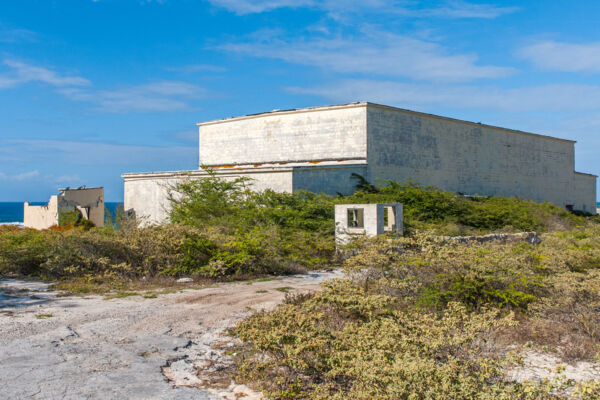
The Turks and Caicos has had a few US military and maritime installations over the years, including the South Base US Air Force missile tracking base on Grand Turk, the US Coast Guard LORAN station on South Caicos, and the Malcolm’s Road Beach US DEA radar installation on Providenciales. The largest and most significant, however, was the Grand Turk NAVFAC 104 base.
NAVFAC 104 (or North Base, as it came to be known) was commissioned in 1954 at the same time as the US Air Force base and airstrip on the south end of Grand Turk, and was constructed next to the old Grand Turk Lighthouse on the island's northern tip overlooking the treacherous North Reef.
The primary purpose of North Base was to be part of the Sound Surveillance System (SOSUS), an underwater listening system designed to track Soviet submarines. The base served in this capacity until 1979, when it was decommissioned.
While in operation, North Base supported many barracks and buildings, a huge 6-acre (2.4 hectare) concrete rainwater catchment area, water storage, and communication systems. Today, some of the buildings now house the Government Community College, yet much of the base is abandoned.
Although partially fenced in, easy access to the North Base water collection area can be found by following the cliff paths from the lighthouse grounds.
John Glenn’s Orbit of Earth
After American astronaut John Glenn orbited the Earth in 1962, his first step on dry land took place on Grand Turk. The personnel and vessels of both NAVFAC 104 and South Base were involved in the recovery operations for the Project Mercury space mission and the Friendship 7 space capsule.
The Cuban Missile Crisis
The Grand Turk NAVFAC base also played an important yet largely unknown role during the Cuban Missile Crisis. The T Building (communications unit) handled all outgoing communications from the US Guantanamo Bay base in Cuba until the blockade was lifted. The facilities also supported many flight crews stopping over on Grand Turk.
Impact of the Grand Turk Bases
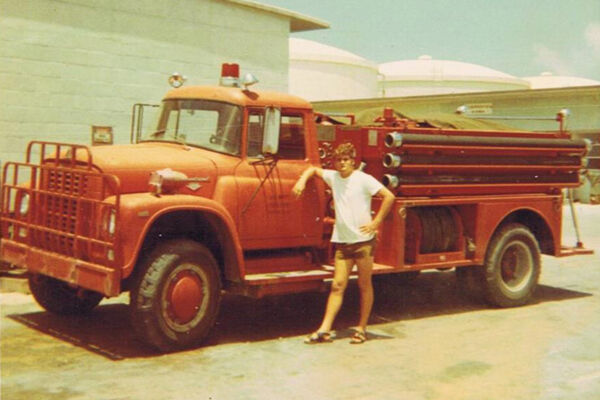
After the decline of the sea salt industry in the early 1900s, there wasn’t much going on in the Turks and Caicos. Nearly all agriculture of export crops (largely sisal and cotton) had ceased, and the sponge industry—which consisted of both reef harvesting and farming—died due to a widespread 'blight' disease. There was very little income to the national economy from the 1920s to the 1950s, and some of the population chose to migrate to neighboring countries (such as the Bahamas).
The construction of the US bases on Grand Turk and South Caicos provided desperately needed income to the country, and created a significant number of jobs for locals.
After the bases were decommissioned in the 1970s and 1980s, the runways and airstrips—as well as much of the infrastructure—was repurposed. South Base became the Grand Turk JAGS McCartney International Airport (GDT) and the site of several local government offices, and the barracks and facilities of NAVFAC 104 later saw use as a community college.

